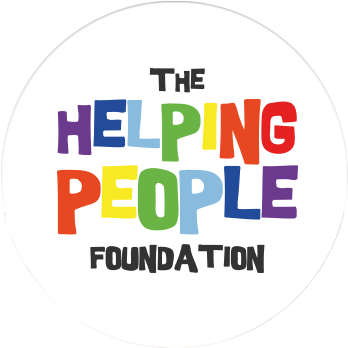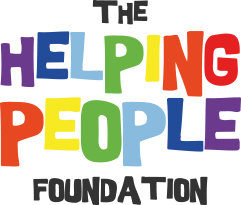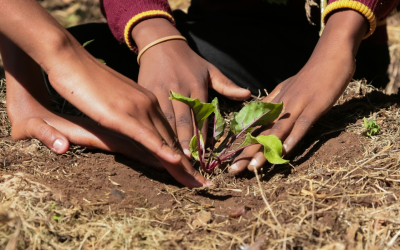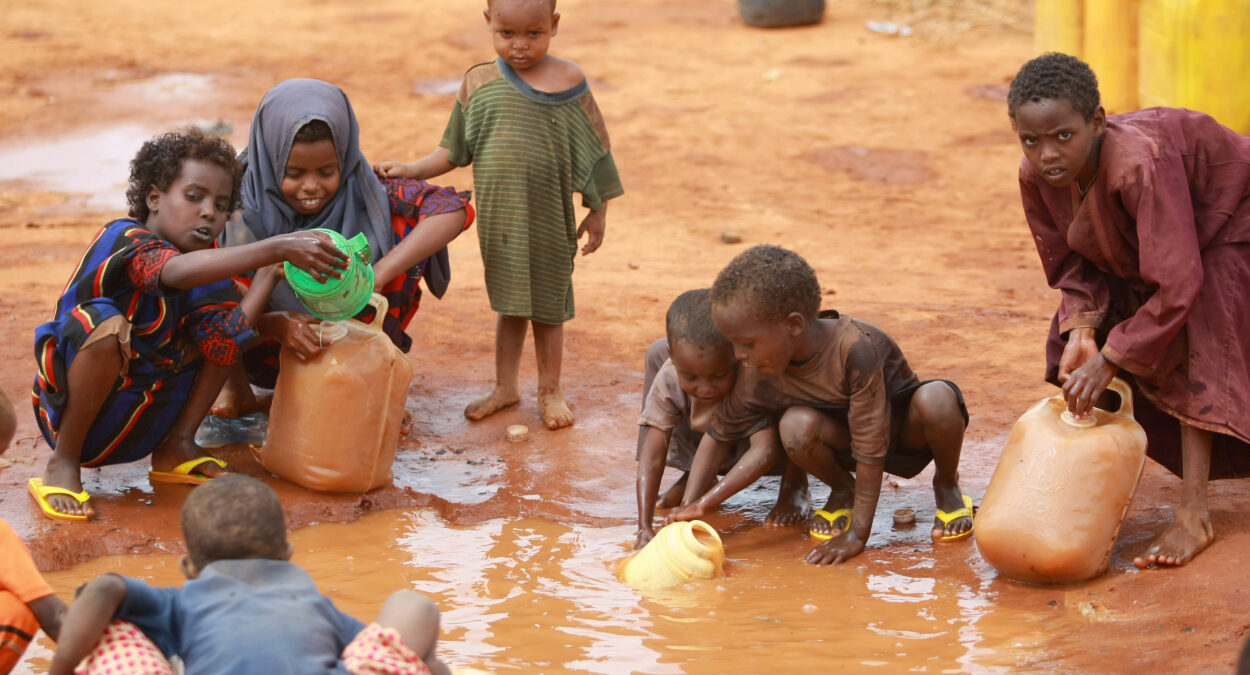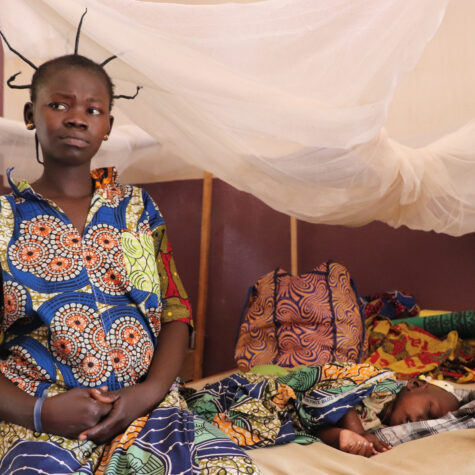CURRENT LIVING CONDITIONS IN THE CENTRAL AFRICAN REPUBLIC
SCHOOL
There is no right to school education in the Central African Republic. While education is compulsory and free from the age of 6 to 15, families have to pay for school books, exercise books, pencils and transportation themselves. According to World Bank estimates, around 30% of children did not attend primary school and 22% did not attend secondary school. In addition, according to UNICEF, more than half of all schools in the country were closed in 2014 (see UNICEF).In 2015, the CIA's World Factbook put the number of illiterate people over the age of 15 at 63.2%.
MEDICINE
In areas occupied by militias, health care has all but collapsed. Most of the medical professionals have now left the country. The reason for this is the almost daily violent attacks on doctors and aid workers. In 2009, the percentage of doctors per 1000 population was 0.0, according to WHO. Due to the poor medical care, life expectancy is also low. In 2019, it averaged 55.5 years for women and 51.1 for men, according to World Development Indicators. 11% of children die before reaching the age of five. Many people die of malnutrition, malaria, the HIV virus or infectious diseases. In general, per capita spending on medical care was only USD 53.66 in 2018, according to WHO.
Water
In large parts of the Central African Republic, there is a lack of basic health care. In 2020, only 14% of the total population had access to clean drinking water. In rural areas, the figure was about one per cent. 28.1% had access to some source of water. In urban areas, 32.3% of residents have access to piped water and a total of 49.7% get water from some kind of water source, with 16% of water sources classified as questionable. Due to the poor economic situation and the low financial resources, there are no possibilities to expand the water supply. Climate change and the increasingly long dry season, environmental pollution and thus also pollution of the water reservoirs and rivers are contributing to this.
nutrition
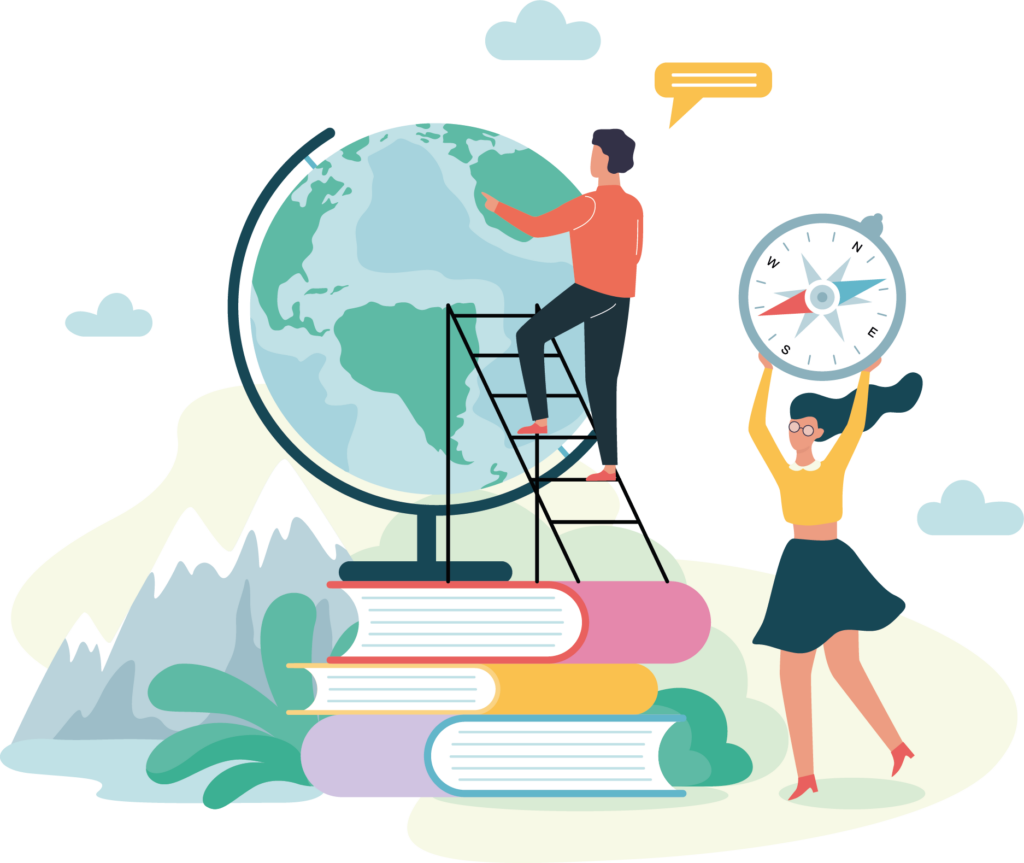
Geography
Due to its location in the middle of the African continent, the Central African Republic has no access to the sea. The main water sources are the Congo River and the Bangui River. The country shares its borders with Cameroon, the Democratic Republic of Congo, the Republic of Congo, Sudan and Chad.
The country lies at about 635 m above sea level. The highest elevation is Mount Ngaoui at 1420 metres. The country's landscape is characterised by the North Equatorial Sill, which is also the natural watershed between the Chad Basin in the north and the Congo Basin in the south.Most of the Central African Republic forms part of the humid tropics with consistently high temperatures throughout the year. The daily maximum temperatures average between 30 and 36 °C. In the south, which is part of the ever-humid tropics, the temperatures are somewhat lower at 24 °C to 28 °C. The rainy season here lasts from May to November. In the north, however, the rainy season is limited to the months of April to August.
While the vegetation in the north consists mainly of dry savannah, dense rainforests grow in the south. In between lies an extensive tree savannah, whose population has been severely decimated by years of clearing. Due to the sparse settlement density, many habitats are largely untouched, so that a great diversity of species prevails. In addition to monkeys, antelopes, elephants, rhinos, hyenas, crocodiles and hippos, the dense rainforests in the south are even home to some of the mountain gorillas, which are threatened with extinction.

History
As early as the Stone Age, people settled in what is now the Central African Republic. The oldest surviving ethnic groups were the Gbaya, Manchia and Pygmies.
However, the colonial period was formative for the country. From 1600 onwards, Portuguese and Dutch slave traders advanced from the west coast to Oubangi and continued to eradicate slaves until the middle of the 19th century. At the end of the 19th century, entire swathes of land were obliterated. Around 1800, the Arabs established trading bases in north-eastern Oubangi. In 1885, France conquered large parts of the country and founded the city of Bangui, today's capital. But it was not until 1910 that the other colonial powers, Germany and Belgium, agreed to give up the land. Since that time, the Central African Republic was part of French Equatorial Africa, together with the countries of Congo, Central Congo and Chad. After the Second World War, the country was declared a French overseas territory. Since 1958, the country has been considered autonomous. Since then, the Central African Republic was not only represented in the French National Assembly, parties were also allowed to be formed. On 13 August 1960, its independence was recognised and the state received its current name. But already in 1966, the then president David Dacko was overthrown by Jean-Bédel Bokassa, who declared a monarchy in 1967. This managed to exist until 1979, but was ended after a successful coup attempt by André Kolingba. The latter remained in power until 1993. After the first free elections, Ange-Félix Patassé became the new president and ruled until 2003. His period in office was also ended by a violent overthrow.
In general, the political situation in the country is characterised by violent upheavals. In 2006, a battle broke out in the north between rebels of the Islamic-dominated Séléka and Bozizé's government troops. At the same time, the Anti-Balaka, Christian militias, were formed. Both militias relied on child soldiers in the fight. Since then, the population has not been able to rest - violence is the order of the day and the political situation is extremely unstable. Most conflicts are based on long-past disputes. Such as the slave raids from present-day Sudan by Arab-Muslim groups. Moreover, the poor Christian farmers feel disadvantaged compared to the often richer Muslims.
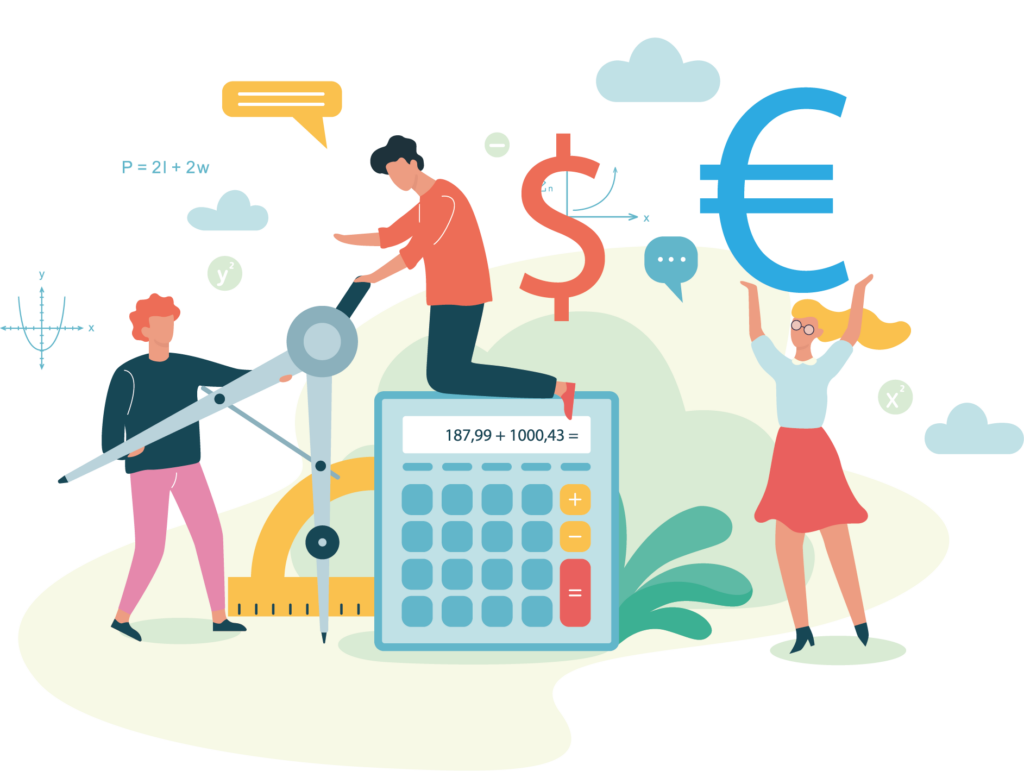
Economics
The main economic output, the gross domestic product, was 9.548 euros per capita worldwide in 2020. The GDP of the Central African Republic, on the other hand, ranked at around 620 euros per capita.The inflation rate was 2.7% in 2019. Within the EU, the average over the same period was 0.50%. Percentage public debt reached 44.1% of GDP in 2020, according to the World Bank. At 62.3%, the share of wood, wood products and charcoal was the highest in 2019. It was followed by precious stones and metals at 25.7%, vehicles at 2.5%, cocoa at 1.8% and cotton at 1.6%. According to the International Monetary Fund, the world's largest export partners in 2019 were France with 27.4%, followed by the Arab Emirates with 14%, Cameroon with 12.3%, China with 11.2% and Switzerland with 6.2%. Since the country has no industry of its own and is also no longer able to feed its own population, it is forced to spend large sums on imports. While revenues from exports brought in USD 0.1 billion in 2020, imports consumed USD 0.4 billion. Overall, the foreign trade balance was -0.4% Imported goods included mineral fuels (26.1%), machinery and mechanical appliances (11%), pharmaceutical products (10.8%), electrical machinery (8.3%) and tractors and motor vehicles (5.7%). The main import trading partners were France (23.1%), China (14.1%), Cameroon (8.4%), Nepal (7.5%) and Denmark (7%).

POLITICAL STABILITY CHALLENGE
The violence and fighting between the rebel militias threaten the population. Between 2013 and 2017, the anti-Balaka rebel militia carried out 69 attacks alone. As a result, 720 people were killed and 1056 hostages were taken. According to the National Consortium for the Study of Terrorism and Responses to Terrorism, there have been a total of 229 attacks in the last 5 years, in which 1764 people died and 851 were injured. Thousands of families have since left their homes. By fleeing, they have lost their livelihood and the possibility to cultivate their fields. However, they now lack the necessary money to buy food. The famine is thus becoming more and more acute. A major threat to the children is abduction by the rebel groups and being forced to serve as child soldiers. The children are traumatised after their release. The situation of the people is complicated by corruption in the public sector. According to the Corruption Perceptions Index, the 2020 score for the Central African Republic was 26. This put the country in 146th place out of 180 countries surveyed. A country with a value of "0" is considered to be very corrupt, while a value of "100" is regarded as largely free of corruption. Corruption is triggered by political and cultural causes, among others. Furthermore, the country's inefficient law enforcement cannot prevent this either.
Sources:
goruma. Central African Republic: Geography; URL: https://www.goruma.de/laender/afrika/zentralafrika/landkarte-geografie (last accessed 21.02.2022)
statista. Central African Republic: Total Population from 1980 to 2004 and Projections to 2026 (in millions of inhabitants); URL: https://de.statista.com/statistik/daten/studie/417850/umfrage/gesamtbevoelkerung-der-zentralafrikanischen-republik/ (as at: 21.01.2022)
unicef. Forgotten Crisis - Reaching Children in the Central African Republic; URL: https://www.unicef.de/blob/70224/4b7032f1cb49e2b77170315169190949/zentralafrikanische-republik-2014-12-1yr-report-german-data.pdf (last accessed 21.02.2022)
